Audi 2010 Annual Report Download - page 121
Download and view the complete annual report
Please find page 121 of the 2010 Audi annual report below. You can navigate through the pages in the report by either clicking on the pages listed below, or by using the keyword search tool below to find specific information within the annual report.-
 1
1 -
 2
2 -
 3
3 -
 4
4 -
 5
5 -
 6
6 -
 7
7 -
 8
8 -
 9
9 -
 10
10 -
 11
11 -
 12
12 -
 13
13 -
 14
14 -
 15
15 -
 16
16 -
 17
17 -
 18
18 -
 19
19 -
 20
20 -
 21
21 -
 22
22 -
 23
23 -
 24
24 -
 25
25 -
 26
26 -
 27
27 -
 28
28 -
 29
29 -
 30
30 -
 31
31 -
 32
32 -
 33
33 -
 34
34 -
 35
35 -
 36
36 -
 37
37 -
 38
38 -
 39
39 -
 40
40 -
 41
41 -
 42
42 -
 43
43 -
 44
44 -
 45
45 -
 46
46 -
 47
47 -
 48
48 -
 49
49 -
 50
50 -
 51
51 -
 52
52 -
 53
53 -
 54
54 -
 55
55 -
 56
56 -
 57
57 -
 58
58 -
 59
59 -
 60
60 -
 61
61 -
 62
62 -
 63
63 -
 64
64 -
 65
65 -
 66
66 -
 67
67 -
 68
68 -
 69
69 -
 70
70 -
 71
71 -
 72
72 -
 73
73 -
 74
74 -
 75
75 -
 76
76 -
 77
77 -
 78
78 -
 79
79 -
 80
80 -
 81
81 -
 82
82 -
 83
83 -
 84
84 -
 85
85 -
 86
86 -
 87
87 -
 88
88 -
 89
89 -
 90
90 -
 91
91 -
 92
92 -
 93
93 -
 94
94 -
 95
95 -
 96
96 -
 97
97 -
 98
98 -
 99
99 -
 100
100 -
 101
101 -
 102
102 -
 103
103 -
 104
104 -
 105
105 -
 106
106 -
 107
107 -
 108
108 -
 109
109 -
 110
110 -
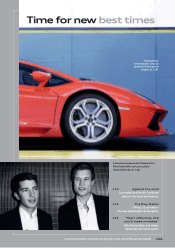 111
111 -
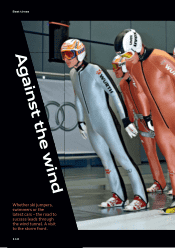 112
112 -
 113
113 -
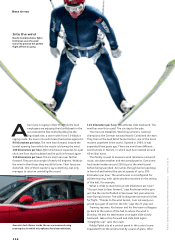 114
114 -
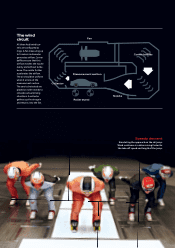 115
115 -
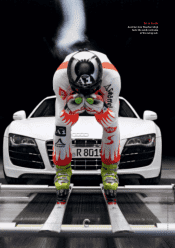 116
116 -
 117
117 -
 118
118 -
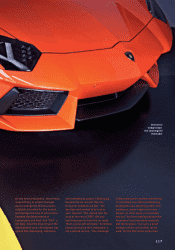 119
119 -
 120
120 -
 121
121 -
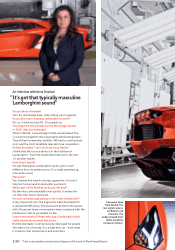 122
122 -
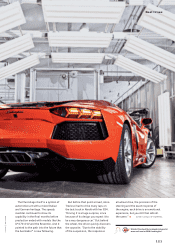 123
123 -
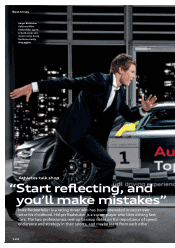 124
124 -
 125
125 -
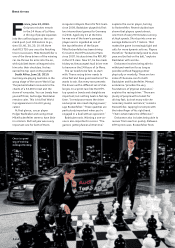 126
126 -
 127
127 -
 128
128 -
 129
129 -
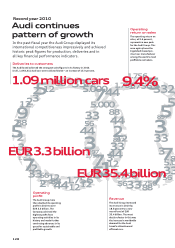 130
130 -
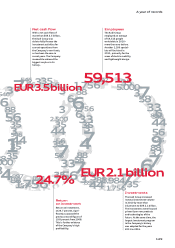 131
131 -
 132
132 -
 133
133 -
 134
134 -
 135
135 -
 136
136 -
 137
137 -
 138
138 -
 139
139 -
 140
140 -
 141
141 -
 142
142 -
 143
143 -
 144
144 -
 145
145 -
 146
146 -
 147
147 -
 148
148 -
 149
149 -
 150
150 -
 151
151 -
 152
152 -
 153
153 -
 154
154 -
 155
155 -
 156
156 -
 157
157 -
 158
158 -
 159
159 -
 160
160 -
 161
161 -
 162
162 -
 163
163 -
 164
164 -
 165
165 -
 166
166 -
 167
167 -
 168
168 -
 169
169 -
 170
170 -
 171
171 -
 172
172 -
 173
173 -
 174
174 -
 175
175 -
 176
176 -
 177
177 -
 178
178 -
 179
179 -
 180
180 -
 181
181 -
 182
182 -
 183
183 -
 184
184 -
 185
185 -
 186
186 -
 187
187 -
 188
188 -
 189
189 -
 190
190 -
 191
191 -
 192
192 -
 193
193 -
 194
194 -
 195
195 -
 196
196 -
 197
197 -
 198
198 -
 199
199 -
 200
200 -
 201
201 -
 202
202 -
 203
203 -
 204
204 -
 205
205 -
 206
206 -
 207
207 -
 208
208 -
 209
209 -
 210
210 -
 211
211 -
 212
212 -
 213
213 -
 214
214 -
 215
215 -
 216
216 -
 217
217 -
 218
218 -
 219
219 -
 220
220 -
 221
221 -
 222
222 -
 223
223 -
 224
224 -
 225
225 -
 226
226 -
 227
227 -
 228
228 -
 229
229 -
 230
230 -
 231
231 -
 232
232 -
 233
233 -
 234
234 -
 235
235 -
 236
236 -
 237
237 -
 238
238 -
 239
239 -
 240
240 -
 241
241 -
 242
242 -
 243
243 -
 244
244 -
 245
245 -
 246
246 -
 247
247 -
 248
248 -
 249
249 -
 250
250 -
 251
251 -
 252
252 -
 253
253 -
 254
254 -
 255
255 -
 256
256 -
 257
257 -
 258
258 -
 259
259 -
 260
260 -
 261
261 -
 262
262 -
 263
263
 |
 |

119
Best times
The light 12-cylinder engine is joined
by a high-tech transmission featuring
a completely new construction for
supercars. This weighs a mere 79
kilograms. The Lamborghini ISR is an
automated manual transmission that
combines minimal shifting times with
the convenience needed for everyday
use. Gear changes are almost twice as
fast as with its predecessors.
Setting technology trends rather than
merely following them – a standard
that every Lamborghini must fulfi ll. But
a car with the bull on the hood also has
to embody a tradition, and the number
of cylinders is just one parameter.
The Aventador* links with the past
primarily through its design, just like
its predecessor, the Murciélago. It does
so by continuing to develop and update
the extreme stylistic elements and the
aerodynamics. The design elements
that the Murciélago drew from its three
predecessors – the Miura, Countach
and Diablo – are also refl ected in the
Aventador. These include the rear
louvers which make the Murciélago
reminiscent of the legendary Miura, an
automotive cornerstone in the history
of carmaking and one of the fi rst
designs by the still-young company
established by Ferruccio Lamborghini
in 1963. The Miura was produced from
1966 to 1973. It ensured the continued
existence of the carmaker, enabled the
development of new models, and was
a technical sensation in itself. Up to
that point, mid-engines transversely
mounted directly behind the seats
were known only in racing. Named
after Eduardo Miura, a breeder of
Spanish fi ghting bulls, the sports
car with the pop-up headlights also
infl uenced the naming of all of its
successors. It became the tradition to
select names for the models from the
fi eld of bullfi ghting. The Espada of
1968 was named after the sword of
the toreros, and the Gallardo of 2003
was named for a race of fi ghting bulls.
But most of the names selected for
the cars can be traced to the names
of famous fi ghting bulls – the Islero,
the Reventón, and now the Aventador,
whose namesake thrilled audiences
in Zaragoza in 1993. And of course
there was also the Murciélago, with
which Lamborghini honored a
legendary animal that was granted
clemency in 1879 after a fi ght in the
arena of Córdoba, due to the courage
it displayed.
With its wedge profi le, which is also
a distinguishing element of the
Aventador, the Murciélago recalls the
angular shape of the Countach, built
from 1974 to 1990. That car, with its
speeds of up to 330 km/h, was the
fl agship model at the time for the
Lamborghini brand. Often equipped
with a truly massive rear wing, it was
naturally also powered by a V12 engine.
Lamborghini employees at the plant in Sant’Agata Bolognese pull the camoufl age fi lm from the Aventador, a completely new development
(left). Its 515 kW (700 hp) 12-cylinder engine is located behind the sports seats – following the tradition at Lamborghini.
The engineers have been able to squeeze out
nearly three horsepower from each kilogram
of engine weight.
